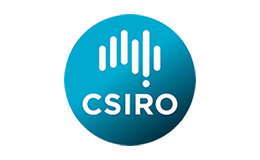Model And Calibration

- 3 species: Cod, Sprat, Herring
3 species : Cod, Sprat, Herring
The Age-structured Model
this model takes into account the predator-prey relationship between cod and the two other species and is discrete-time, discrete-aged structured.
where xist denotes the number of fish of species i∈{C,S,H}, where C stands for cod, S for sprat, and H for herring, in age group s=1,…,S and at the beginning of period t=0,1,…t.
αis>0 denotes age-specific survival rates,
γis>0 denotes age-specific proportions of mature individuals,
ωis to denote the mean weights (in kilograms). For cod, all of these parameters are assumed to be constant . For sprat and herring, we assume that proportions of mature individuals and weights are constant, but the survival rates depend on cod spawning stock biomass.
The recruitment function for species i is denoted by φi(⋅) and the spawning biomass by xi0t, hist denotes the number of fish harvested from cohort s of species i in period t.
The modeling of profits of the cod fishery, is based on the specification from Quaas et al. (2012) with age-specific prices and a cost function of the Spence type .
Thus, profits of the cod fishery in year t are:










